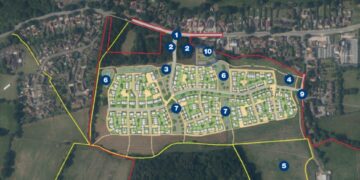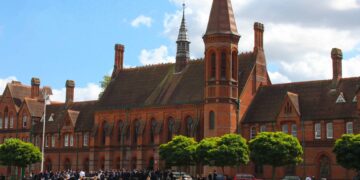THE RECENT resurfacing of the A33 Basingstoke Road was questioned by residents at the borough council executive meeting held virtually on Thursday, July 30.
Resident James Vyvyan-Robinson asked Cllr Pauline Jorgensen, executive member for highways and transport whether the council had considered the noise impact that the new surface has.
He said: “What action is the Council Executive going to take to rectify the A33 road surface noise bearing in mind the severe and life-changing impact the increased noise is having on the mental health and wellbeing of local residents?”
Cllr Jorgensen said the council has commissioned transport firm, WSP to investigate the noise levels along the A33 corridor and to look into solutions for the residents.
She said: “The final report is expected to be issued to the council in September which will allow us to take a decision on a way forward during October.”
Mr Vyvyan-Robinson said he thought October was rather late, and asked whether Cllr Jorgenesen would take responsibility for the impacts of the road resurfacing.
Cllr Jorgensen said she would take “responsibility for the outcomes of the WSP report.”
Resident Colin Brooks also challenged Cllr Jorgensen as to whether the council has considered the “environmental noise pollution, impact on health, wellbeing and enjoyment of local residents or the potential devaluation of property” when deciding to resurface.
But Cllr Jorgensen defended the decision, stating that surface dressing treatments, such as the lockchip used on the A33, benefit from “having a low carbon footprint and are quick to apply, which means less disruption to road users, residents, local businesses and the emergency services”.
She said: “Like most other highways authorities Wokingham Borough Council makes use of materials such as micro-asphalt and surface dressing to extend the lifespan of the road network before it requires a more expensive full resurfacing treatment.
“The full life expectancy of the new plane and inlay HRA road of up to 20 years isusually only achieved through the application of a surface dressing or microasphalt treatment after eight to 10 years.
She added: “It is worth noting that a full plane and inlay HRA scheme on the recently resurfaced section of the A33 would have cost around £1.3million as opposed to the £200,000 for the lockchip surface dressing works.”
Mr Brooks asked why phases one and two of the A33 resurfacing had been done using a different material, but Cllr Jorgensen said she didn’t know, because she wasn’t the highways executive at the time.
Instead, she will give Mr Brooks a written answer.

















































